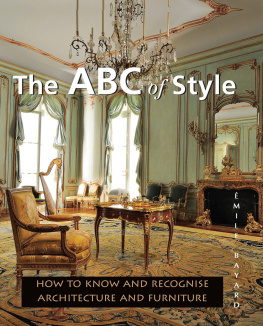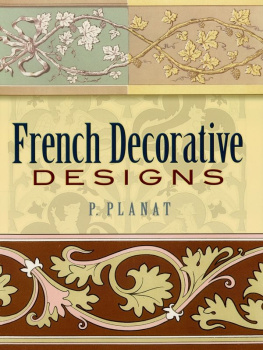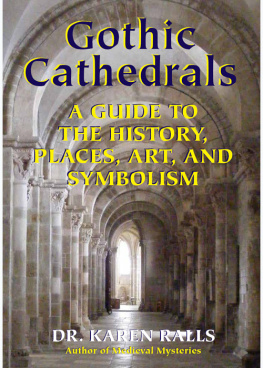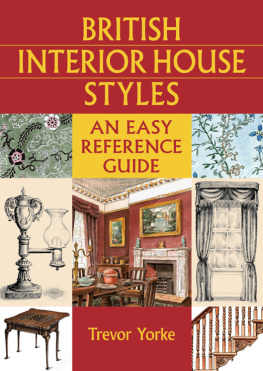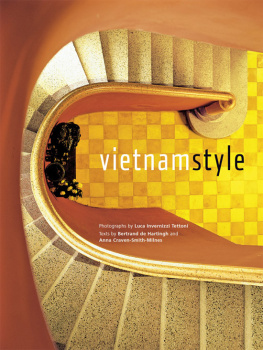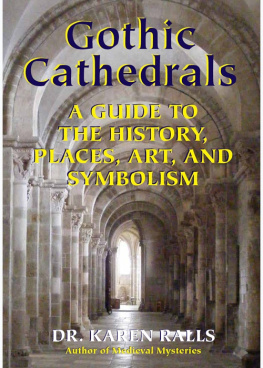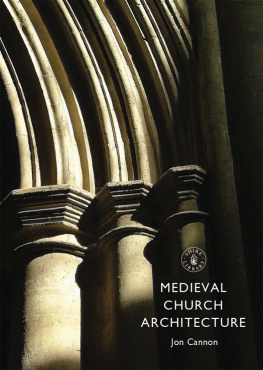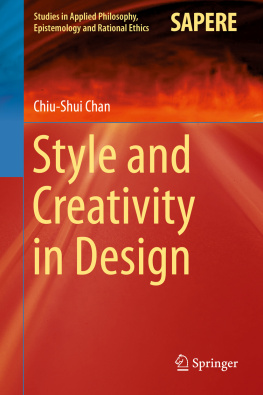Author:
mile Bayard
Layout:
Baseline Co. Ltd
61A-63A Vo Van Tan Street
4 th Floor
District 3, Ho Chi Minh City
Vietnam
Confidential Concepts, worldwide, USA
Parkstone Press International, New York, USA
Image Bar www.image-bar.com
All rights reserved.
No part of this publication may be reproduced or adapted without the permission of the copyright holder, throughout the world. Unless otherwise specified, copyright on the works reproduced lies with the respective photographers, artists, heirs or estates. Despite intensive research, it has not always been possible to establish copyright ownership. Where this is the case, we would appreciate notification.
ISBN: 978-1-78310-789-6
mile Bayard
The ABC of Styles

Contents
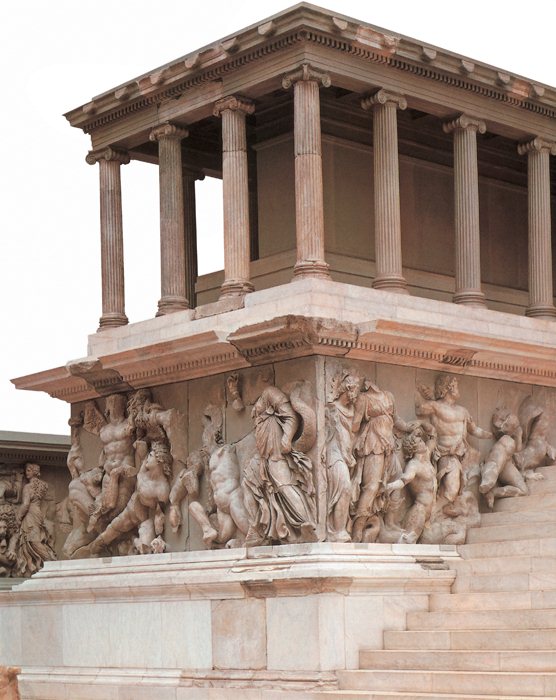
Pergamon Altar, c. 180-150 BCE. Pergamonmuseum, Berlin.
Introduction
Styles constitute the aesthetic memory of the periods to which they belong. They represent the various cults of beauty to which a period gave birth. A world view lies dormant in the stones, the furniture and the words of a period. They are the witnesses to the way of life and to the aspirations of an epoch which survive through the generations. True, the whims of fashion are ephemeral but beauty is unchanging and everlasting. It does not just appear from nowhere. In fact, it is the mark of eternal beauty that we celebrate in styles, emerging as they do from mankinds efforts to purify and synthesise, from his attempts to feel his way towards new understanding. This new understanding, this discovery, once made, becomes the expression, the true literature, of the people of the period. The discovery does not change form from one civilisation to the next. Rather, each civilisation reworks it with original ideas.
Originally, those seeking to develop styles were unaware that they were doing so. Styles developed not from the work of one individual but from the efforts of many and were gradually refined as part of a process which eventually produced anonymous masterpieces. Architectural styles develop in the same way that new species of plant and animal appear. In nature, new species appear through the effects of heredity and adaptation. Heredity is the process whereby the habits of the parents become permanent characteristics of the offspring. Adaptation changes the organism through a relationship that is vital to its survival: the relationship with the environment that it happens to inhabit. Adaptation to ones environment may mean developing a particular organ by using it more frequently or allowing an organ to atrophy through lack of use. In the long term, adaptation leaves permanent traces on the individual organism. This creates a new variety or species. Hence, unexpectedly, yet logically, Darwins theories about the animal kingdom can be extended to the realm of ideas, specifically to styles, which are born of a historical tradition, and are honed by adaptation to the needs, feelings and knowledge of a new society.
The historical tradition is not the least of the influences on the development of a style. Architecture (not forgetting furniture, which is a kind of auxiliary architecture) is, in fact, the traditional art form par excellence. Painting and sculpture find their inspiration, their subjects, all around them. Architecture, on the other hand, finds only raw materials: the clay of the sculptor or the palette of colours of the painter. Beyond man, architecture has no subject. It borrows from nature whenever it turns sculptor or painter to clothe limbs of stone, wood or metal with meaningful and decorative garments. Architecture requires the involvement of a people, a race, a civilisation to bring it into existence and develop it. Centuries of effort produce an architectural style. Hence the essence of a style can only be appreciated many years later. Only time can hone and recognise the characteristic features that are representative of a style. When the Sun King settled into a contemporary armchair, it is unlikely that he thought of it as a Louis XIV chair. Today, on the other hand, we have no qualms about trumpeting the arrival of an art nouveau, a claim which posterity may well consider an arrogant exaggeration. Therein lies the difference between a style and pretentions to a style, between a fashion for a certain type of beauty and true beauty. This is not to say, however, that some of todays interesting efforts may not contain the seeds of a lasting expression of our own eras style.
The study of styles, then, must be undertaken in stages since the object of study is composed of a series of states of understanding. The delicate gradation of purity of the various stages must also be examined. The smallest stone or moulding from a bygone period has its own eloquence, its own flavour. Connoisseurs are even able to recognise certain reliefs by touch. The feel of their age-worn surfaces could not be reproduced by a counterfeiter. The study of styles is, therefore, the study of a past teeming with lines, curves, foliage, columns and mascarons. It is a fascinatingly complex field which stimulates our curiosity and raises disconcerting questions. How satisfying to decipher a rebus, date a church or to offer ones imagination the setting it has always hankered for, the backdrop of ones dreams!
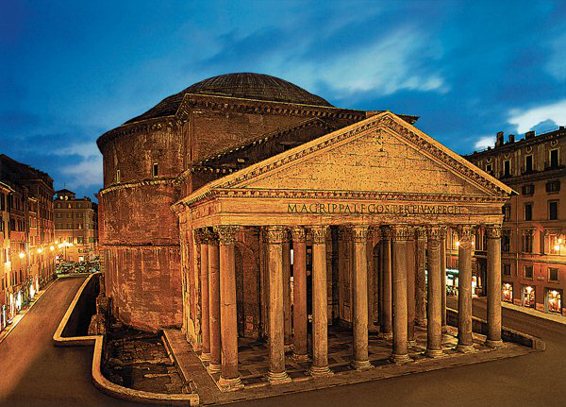
Pantheon, Rome, 118-128 CE.
The study of styles begins with architecture, which is the most obvious trace, the longest-lasting reference point that preceding centuries have left us, insofar as stone is the material that best resists the passage of time. Although there may be nothing but ruins left, ancient incarnations of beauty seem reluctant to slip from our memory and be forgotten. It is these ancient remains that we will examine first, not with the scientific approach of the archaeologist but with the eye of the artist. They speak, after all, of a civilisation, they evoke a way of life, a world view, the habits that characterised the period. A connoisseur may be able to tell different varieties of honey apart by taste, by recognising the different kinds of flowers the bees visited. The product he is tasting is honey nevertheless. Similarly, honey is only the essence of the product, the concept which refers to a variety of flavours which depend on the flowers that the bees are in the habit of visiting.
Primitive man was stocky, he did not have civilised habits and his iron muscles were used to makeshift rustic accommodation. Peace, leisure and the easy life that wealth brought, on the other hand, required refinement and luxury in the home. Romantic, primitive scenes have a certain appeal in art, a certain character, but it is luxury that gives art wings. Art is the most useless form of expression amongst the uncultivated and the most vital for cultivated thought. Only art can make the romantic, which is often synonymous with discomfort and unhealthy conditions, more attractive. Indeed romantic scenes are characterised by their seductive coarseness, by the absence of beautiful objects. In contrast, in an environment of taste and luxury, attractive ornaments abound and the observer is intoxicated by the beauty of his surroundings. These ornaments and this beauty are the incarnation of the flattery of the period since, whatever their ideals or faith, artists are obliged, whether to survive or simply to please, to respond to the tastes and spirit of their time. Thus, their works follow rather than leading and eventually subscribe to the ideas, the fads and the habits which win them acclaim from their contemporaries. The painter David did not paint in the style of his wonderful relative Boucher because the politics of his time had changed, and because the beautiful cupids fed on milk and roses, which were so dear to the heart of this pre-eminent painter of grace and charm, had disappeared in a cloud of face powder. They had fallen victim to the Greco-Roman sword of savage classicism. Nevertheless, if cupids had been in favour while David was painting and if the royal courtesans had continued to smile at him, he would undoubtedly have been content to follow in Bouchers footsteps. Similarly, David was unforgiving towards Louis XVI (he refused to finish his portrait and voted in favour of the death sentence imposed on him by the National Convention) yet his republican zeal, which was at its height during the French Revolution, yielded wonderfully to the majesty of the Emperor Napoleon, who made David his principal painter.
Next page
